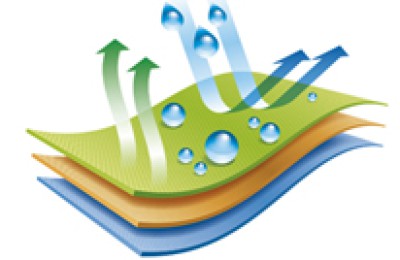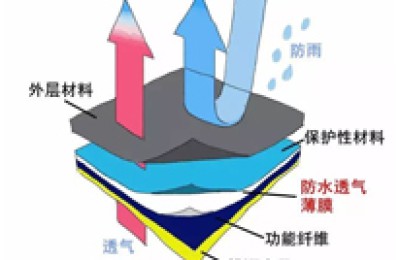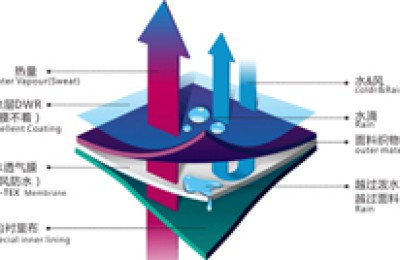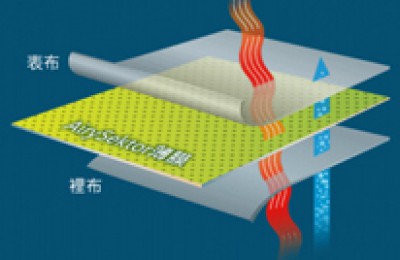At present, the domestic polyester industry chain is in the stage of expansion and integration, especially the larger polyester companies in the industry, such as Tongkun, Rongsheng, Hengli, Hengyi, Shenghong, Sanfangxiang and Xinfengming etc., are still adding or acquiring polyester production capacity, and at the same time extending their industrial chain to the upstream raw material industry. As the concentration of the industry increases, the leading chemical fiber companies that occupy the top resources will undoubtedly have an advantage. This is a reshuffle period for the chemical fiber industry. It is also a painful road for industrial transformation and upgrading. It is also a life-or-death disaster for small and medium-sized chemical fiber companies.
The total investment is 11 billion! Xinfengming Company’s annual output of 3 million tons of polyester project was signed
On the morning of June 8, Tongxiang City’s major projects in the second quarter were signed and concentrated in a “striving to create excellence and seize the window” The opening and completion activities were held in Tongxiang. Xinfengming Company’s “Annual Production of 2 Million Tons of Functional Flexible Customized New Short Fiber Materials and 1 Million Tons of Functional Differentiated Fibers Project” participated in the centralized signing!
On the same day, Xinfengming Group issued an announcement stating that the company’s wholly-owned subsidiary Tongxiang Zhongyou Chemical Fiber Co., Ltd. (hereinafter referred to as “Zhongyou Chemical Fiber”) plans to invest in the construction of new materials projects with its own funds or self-raised funds, with a construction area of about 1,400 acres. The project is located on the north side of Linhang Avenue, Zhouquan Town Industrial Zone, Tongxiang City, with a construction investment of about 11 billion yuan. Among them: the total investment for annual production of 2 million tons of differentiated direct-spun polyester staple fiber is 6.55 billion yuan, the total investment for 1 million tons of functional differentiated fibers is 3 billion yuan, and the total investment for 300,000 tons of polyester film and other supporting new materials is 1.45 billion yuan. The project construction period is estimated to be 60 months.
Xin Fengming said that with the continuous improvement of the company’s overall production capacity, according to the “one continent and two lakes” layout requirements, the company’s Zhouquan base production capacity has exceeded 2.9 million tons. In order to further expand the Zhouquan area, strengthen the Zhouquan industrial cluster and production force, further enhance the company’s profitability, and improve the industrial chain structure, the company plans this investment. After the project is completed, it will help improve the industrial chain structure, further enhance the company’s profitability, and consolidate and enhance its industry status.
Industry insiders said that based on the current production capacity plan, Xinfengming is expected to rank second in the industry with a filament production capacity of 5.8 million tons in 2021, accounting for 13% of the entire industry. , showing the trend that the strong will always be strong. In addition, Xinfengming is building two phases with a total of 4.4 million tons of PTA production capacity. After it is put into operation, it will achieve self-sufficiency in raw materials, improve the company’s competitiveness and its ability to resist risks.
The 500,000-ton differentiated FDY transformation project of Hengyi subsidiary was put into operation
On the evening of June 3, Hengyi Petrochemical Co., Ltd. announced that the company’s subsidiary Jiaxing Yipeng Chemical Fiber Co., Ltd. (hereinafter referred to as “Jiaxing Yipeng”) will upgrade and transform the “annual output of 500,000 tons of differentiated functional fibers”. Project” (hereinafter referred to as the “Project”) has recently been fully completed and officially put into operation, with a total of 500,000 tons/year of differentiated functional high-quality FDY added.
According to this, Jiaxing Yipeng has a total annual production and operation capacity of 750,000 tons of differentiated functional high-quality FDY. The first phase of the project, 250,000 tons/year differentiated functional high-quality FDY, was completed and put into operation in April 2019.
It is understood that the project uses existing land in Yipeng, Jiaxing, to invest in new polyester devices and FDY spinning equipment, and to Some of the original polymerization and spinning equipment were upgraded and transformed, using flexible polymerization process technology, polyester melt direct spinning technology and advanced intelligent manufacturing technology and equipment to achieve optimization and upgrading of production technology and product quality.
Domestic polyester is “low concentration and oligopoly”: leaders have the ability to expand production, and small companies continue to transfer market share /o:p>
In the upstream of the textile industry chain, the concentration of leading chemical fiber companies is gradually increasing, and their influence on the entire industry chain is also growing. The market share of the top five companies in the polyester yarn industry and the new production capacity in the past two years are almost all derived from these industry leaders.
In the past two years, the polyester yarn industry has added a total of 7.77 million tons of production capacity, and the top five manufacturers in the industry alone have contributed 6.4 million tons of additional production capacity.
China’s polyester yarn production capacity pattern in 2020
Affected by international crude oil Affected by the price drop, the prices of polyester industry chain products have shown a downward trend, but the prices of upstream PTA and MEG have dropped significantly more than polyester. The profits of the industry chain have shifted to the downstream, and the profitability of polyester filament yarns of leading enterprises will increase significantly. On the downstream demand side, although the epidemic may have an impact on the downstream demand for polyester, the demand for polyester is closely related to the national economy. In the long run, market demand will continue to grow with consumption upgrades. On the other hand, production capacity expansion will gradually increase market share. , and also bring continuous growth to performance.
Zhao Chen, a researcher at Orient Securities, pointed out that the downstream terminal of polyester is textile and clothing. Although the short-term demand has declined due to the epidemic, in the long term, as residents’ income increases, global consumption will will continue to grow. Judging from historical data, in the past ten years, my country’s polyesterThe compound growth rate of filament output is about 10%, and the production capacity has exceeded 40 million tons in 2019. The core of competition in this industry is cost competition. At present, only the leaders have the ability to expand production, and small companies can only continue to transfer market share. Objectively, this round of epidemic will also accelerate the trend of the industry concentrating on the leaders.
At the same time, the volume of the polyester industry is as high as 40 million tons, and the volume of the upstream PTA directly connected to it is also more than 30 million tons. It is basically the largest single product in the chemical industry, and the downstream Textile and clothing, which is a consumer-oriented product, is not like large items in the real estate chain, and its demand is far from peaking. At the same time, industry concentration is very low. The market value of the largest listed company is only over 20 billion. It is a typical small company in a large industry. Currently, all new production capacity comes from the top three companies, and industry concentration is increasing irreversibly.
The current CR10 industry concentration rate in the polyester industry has increased from 54.2% to 55.2%. According to the classification standards of industrial concentration by American economist Bain and the Japanese Ministry of International Trade and Industry, the industrial market structure is roughly divided into two types: oligopolistic type (CR10≥40%) and competitive type (CR10<40%). Among them, the oligopoly type is subdivided into extremely high oligopoly type (CR10≥70%) and low concentration oligopoly type (40%≤CR10<70%); the competitive type is further subdivided into low concentration competition type (20%≤CR10<40 %) and dispersed competitive type (CR10<20%). Applying this theory, the current industrial concentration of China's polyester industry can be classified as low concentration and oligopoly.
High concentration in an industry or as small as a company does not mean weak market competition. High concentration may Coexisting with fierce competition, especially in the current international economic situation. As far as polyester filament is concerned, the industry is highly concentrated, and larger companies play a leading role in the market, jointly promoting market development and maintaining industry profit levels, which to a certain extent is also beneficial to the healthy and stable development of the industry. In the future, the competition in the polyester market will further intensify, the granularity of enterprise operations will be refined, and cost control will become more stringent. Polyester production enterprises will lengthen and broaden the industrial chain through horizontal or vertical integration, with large scale, strong strength, and supporting industrial chain. Well-established companies will have more say. Therefore, in the future polyester industry, brand effect and large-scale development will be important bargaining chips for companies to compete for the market. </p






